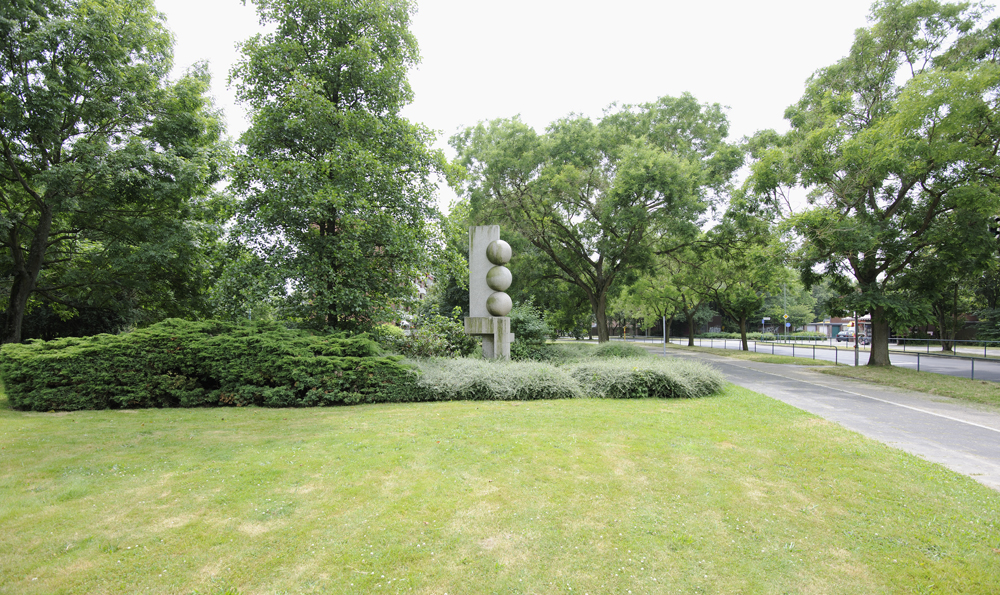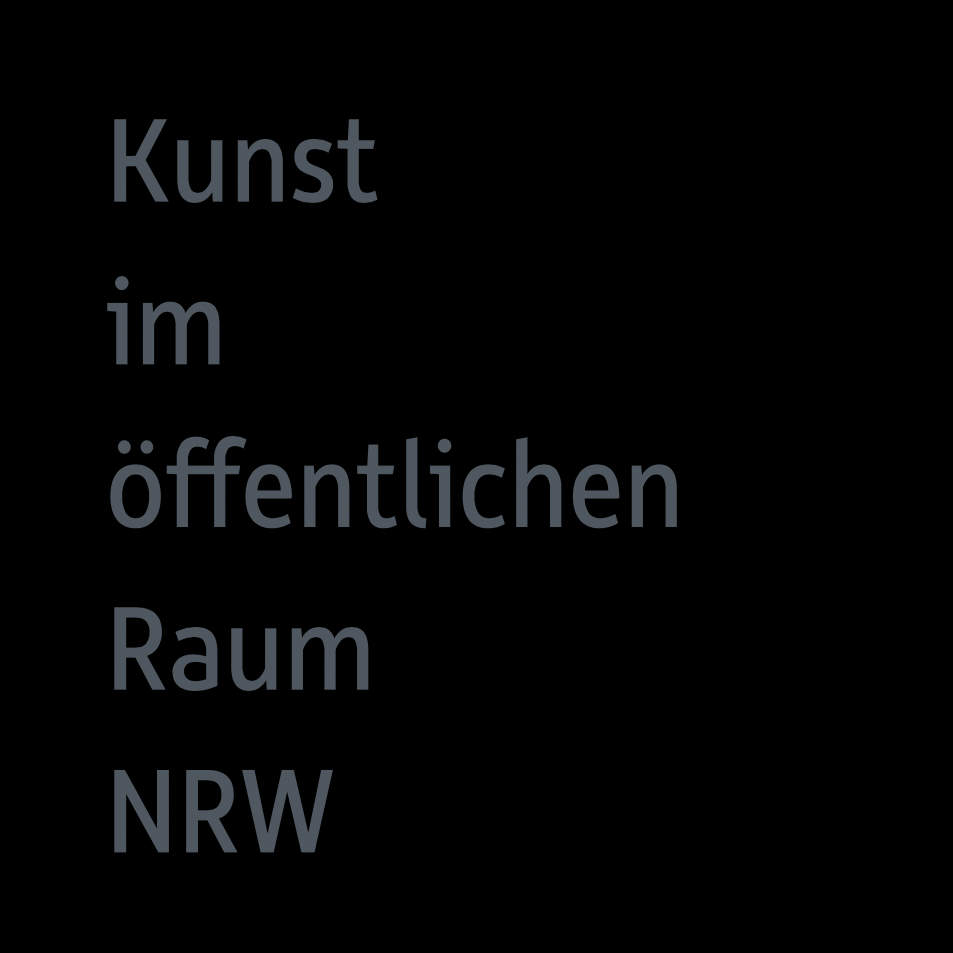Orion





Drawing a comparison to the constellation, Josef Neuhaus’s choice of the name Orion for his five-meter-high sculpture was by no means arbitrary. With its multitude of bright stars, Orion is one of the most striking constellations in the winter sky in central Europe.
Orion’s main distinguishing feature is a distinct row of stars: Alnitak, Alnilam, Mintaka. These three stars are depicted in Josef Neuhaus’s sculpture as three spheres stacked on top of each other, making it clear that he was inspired by the constellation.
With its high level of abstraction, the sculpture does not contain a reference to the various versions of tale of Orion the hunter from Greek mythology. It looks like a three-dimensional mathematical model composed of cuboids and spheres.
The proportions of the different stereometric elements create a calculated harmonious unit. In the lower part, cubes of different sizes and orientation are assembled into a sort of base. On top of it, there is a wide rectangular plate with the three spheres embedded into its long narrow side.
Opposing elements collide here: the rectangular plate with its flat surfaces and sharp edges seems stable and solid; simultaneously, the spheres are voluminous and appear unstable, as it is impossible to stack three balls of this size on top of each other.
The combination of contrasting elements gives the composition a powerful and almost lofty appearance. Not surprisingly, the sculpture weighs 15 tons!
Source: Skulpturen in Neuss – Author: Dr. Christian Frommert
Josef Neuhaus
← Zur Startseite
Neuss, Weckhovener Straße 62
